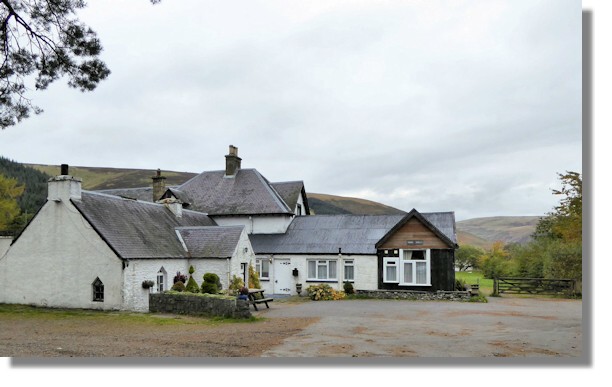
Tibbie Shiels Inn

Places to Visit in Scotland
- Tibbie Shiels Inn
BackgroundSet between two lochs, high up in the Yarrow Valley, on the A708, which runs from Moffat in the west, to Selkirk in the east and is surrounded by breath-taking scenery, Tibbie Shiels has long been a popular destination for all, whether for walking, cycling, sailing, motorcycling or just a drive in the country. The road winds its way through the valley travelling alongside the Yarrow Water and St Mary´s Loch and Loch of the Lowes (pictured below) and it seems that every turn in the road provides another place name rich in history.
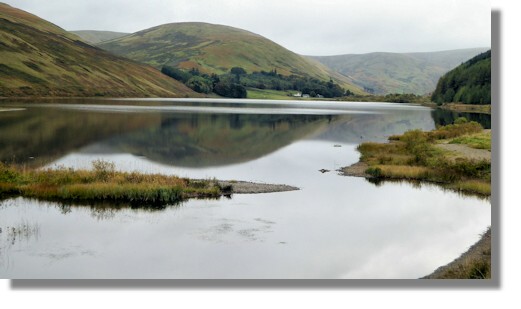
Loch of Lowes
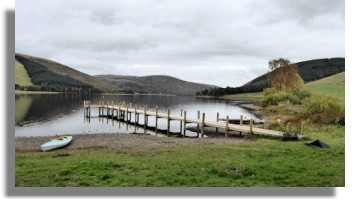
Tibbie Shiels was an historical Inn offering traditional pub food in a warm friendly atmosphere. Latterly it had been, until its closure in 2015, a seasonal hotel offering 5 bedrooms which were all named after the surrounding hills, with stunning view of the loch. The inn, on the Southern Upland Way on a strip of land separating St Mary´s Loch (seen here on the right) and the Loch of the Lowes, came with six acres and the riparian fishing rights to St Mary´s. This loch is the largest natural loch in the Scottish Borders at 5k(3.1miles) long. Sir Walter Scott helped spread word of its beauty and solitude, for example, writing of it in Marmion (1808).
History of Tibbie Inn and Famous Visitors
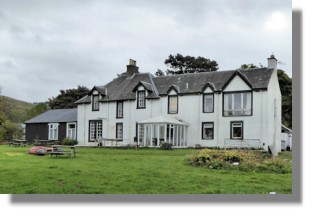
Tibbie Shiels Inn takes its name from Isabella (Tibbie) Shiels, who moved into what was then known as St. Mary´s cottage on the estate of Lord Napier, only a year before the death of her mole-catcher husband in 1824.Tibbie then began to take lodgers at her small estate cottage to support her family of six. There were 13 beds in what is now the bar and in an attic. Tibbie´s kitchen had two double box beds along with a grandfather clock, spinning wheel and a huge open grate with white-washed ´jaws´.
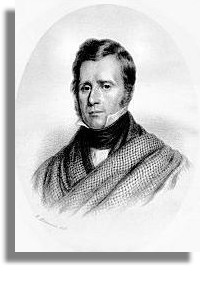
Described as a small active woman with a great sense of humour, Tibbie played hostess to many famous men until her death in 1878, in her 96th year. Publisher Robert Chambers, (Chambers English Dictionary) recommended her inn in ´The Picture of Scotland´ in 1827. The Ettrick Shepherd, James Hogg (see graphic on the right), was a regular visitor. she knew the writer all her life, having worked as a girl in his mother´s household. Hogg´s mother, Margaret Laidlaw, was a strong woman renowned for her story telling and recited the tales of Michael Scott, the wizard, whilst his father worked with the sheep, but Hogg´s grandfather,"the far-famed Will of Phaup", was reputed to have been the last man to have conversed with the faeries.
Hogg was taken on by the Laidlaw family at Blackhouse as a young shepherd, and upon reading their library was subsequently introduced to Scott by them. He would, later, be granted rent-free tenancy of Altrieve Farm (pictured on the left) in the Yarrow Valley, by the Duke of Buccleuch, at the behest of his literary companion, Walter Scott, who had both recognised and encouraged his literary talent and ambitions, leading to Scott also collecting ballads from Hogg´s mother.
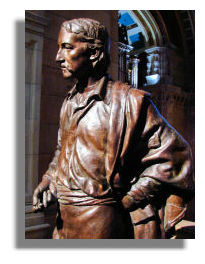
Hogg´s good friend and contemporary, Sir Walter Scott, travelling in his job as sheriff, met up with Hogg regularly and it is likely poet William Wordsworth also visited. Meetings with James Hogg at Tibbie´s are said to have inspired Christopher Norths famous Noctes Ambrosianae. Other names appearing in the visitors books, still existing in the care of Tibbie´s descendants, are Robert Louis Stevenson, (see graphic on the right), historian Thomas Carlyle, the angler and poet Thomas Stoddart and future prime minister, William Gladstone.
A monument to Hogg is situated just a stroll up the hill from the Inn where it stands gazing out over the loch. (Graphic here is © Colin Smith via Wikimedia Commons). It sits on the site where Hogg´s cottage used to be and has a poem there by Lady John Scott. Ettrick Kirk was built in 1824 but there has been a parish recorded here for over 800 years. The lands of Ettrick were granted to Melrose Abbey by Alexander II in 1235 and a church may have been built here soon after. One was certainly built here by Sir Robert Scott of Thirlestane in 1619 the inscription carved into a stone on the church records. The church has three lofts, one for the Napier family and the others with closed-off pews.. In the pews, there were still some of the ladles used to collect the offerings and, in the exhibit area, was a bell that had been donated in 1715 by the Lairds of the Scott family of Thirlestane.
Tibbie Shiels Inn Today
After nearly 200 years of trading as an Inn which was visited by so many famous people (as shown by the visitors´ book) the inn was closed by its owner in 2015. Although it is no longer possible for the public to stay there or go inside, the building can still be admired and photographed and of course the lochs and hills and items of interest around the location are always there to be enjoyed!
Return to Index of Places to Visit
Where else would you like to go in Scotland?

